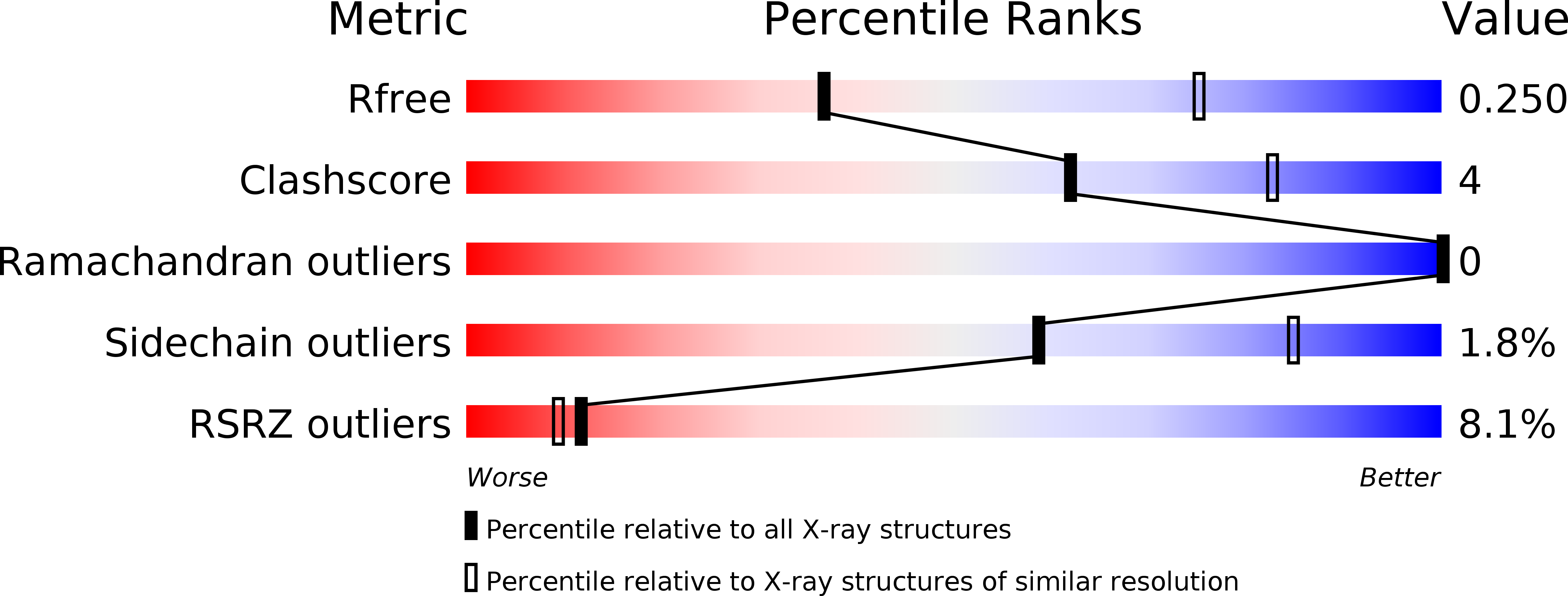
Deposition Date
2019-03-18
Release Date
2019-06-12
Last Version Date
2024-11-06
Entry Detail
PDB ID:
6OAN
Keywords:
Title:
Structure of DBP in complex with human neutralizing antibody 053054
Biological Source:
Source Organism:
Plasmodium vivax (Taxon ID: 5855)
Homo sapiens (Taxon ID: 9606)
Homo sapiens (Taxon ID: 9606)
Host Organism:
Method Details:
Experimental Method:
Resolution:
2.90 Å
R-Value Free:
0.25
R-Value Work:
0.22
R-Value Observed:
0.23
Space Group:
C 1 2 1


